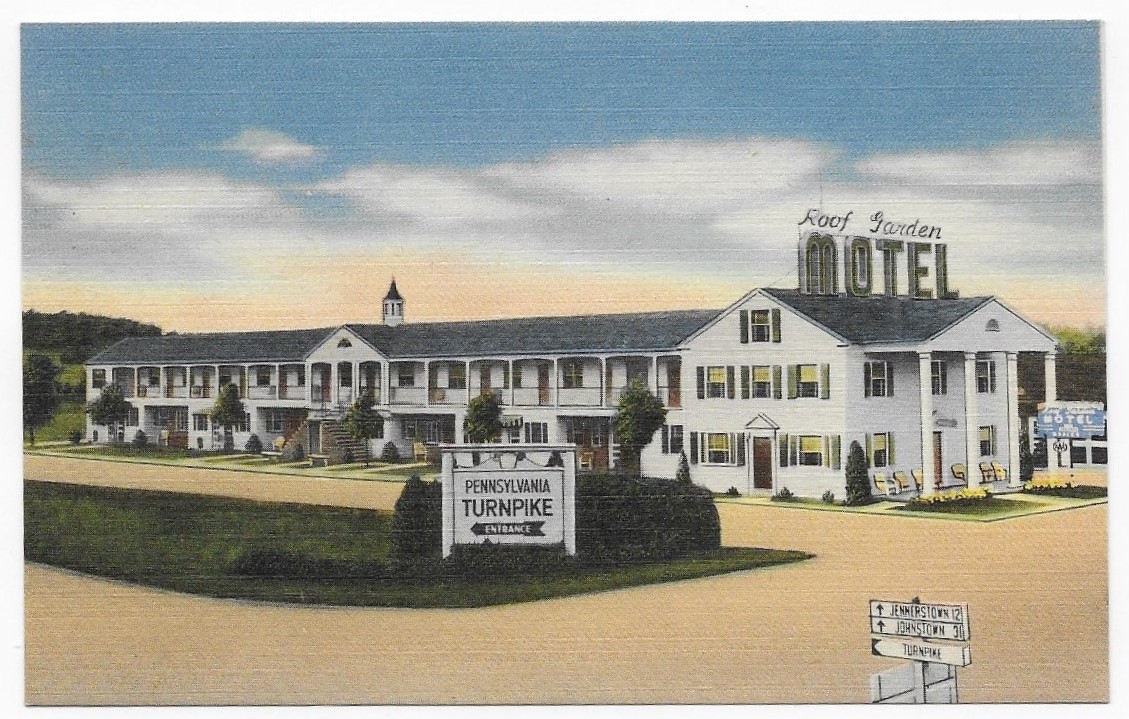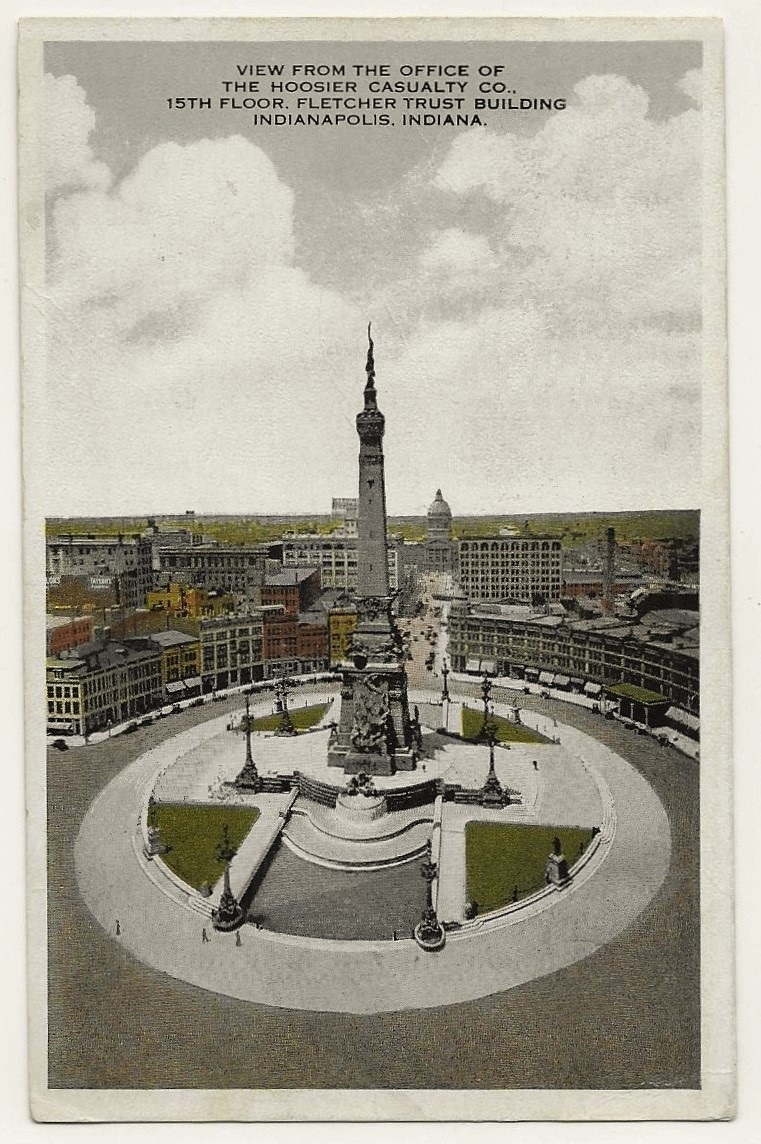
Personal Business & Commercial Advertising
Everything You Need Is in the Mail
In the last quarter of the 19 th century, many businesses began communicating with their customers by postcard. Orders for products, such as seeds, animal food, industrial supplies, or medicinal nostrums, were solicited by postcards with pre-printed order forms on the reverse.
Postcard order forms for books, magazines, and newspaper subscriptions were also commonly-used.
The sale of lumber, metal castings, milled agricultural products, and many other commodities were often completed by postcard, also.
In the first two decades of the 20 th century, general advertising of stores became ubiquitous. Businesses had recognized that almost every household in the United States sent and received many postcards and that postcards with advertising could be used for routine personal communication between individuals.
Commercial establishments began to print postcards with a variety of photograph illustrations along with the name of their business.
The earliest cards often featured illustrations of points of interest, not necessarily at the location of the advertised businesses nor even connected to the type of commerce named on the postcard.
Photographs of beautiful scenes (city parks, fountains, ornamental gardens, e.g.) great public buildings (state capitals, the Smithsonian Institute, courthouses, or schools, e.g.), or historical sites (battlefields, monuments, statues, e.g.) were frequent subjects of these postcards.
Newspaper magnates, such as William Hearst, began including colored postcards of spectacular events (the San Francisco Earthquake of 1906 was one of the first) in Sunday neswpapers or supplemlents.
Businesses quickly followed suit, and one can find postcard photographs of floods, fires, railroad accidents, and other catastrophes on which the name of a store or plant has been super-imposed.
A specialized area of advertising postcard release to the communication of the traveling salesman.
The enterprising salesperson announced his forthcoming visit, along with any new products or special deals he would offer, in postcards sent to the customers on his route or within his territory.
Some of these annunciatory postcards became quite colorful and eye-catching, and small photographs of the salesperson (almost always a salesman) were sometimes attached to the postcard.




The Meeting of the Deltiology Club -Wilmington, Delaware (1950)

